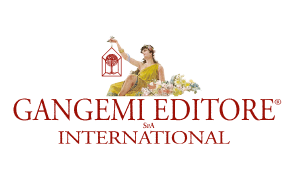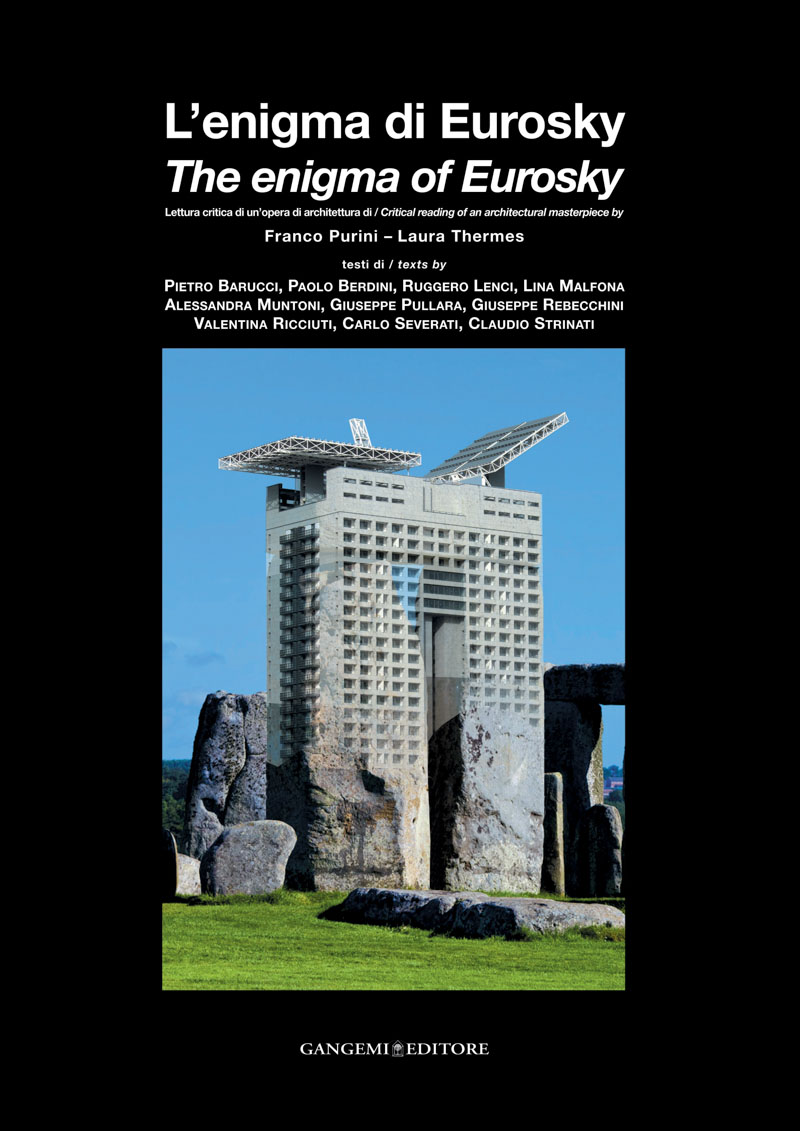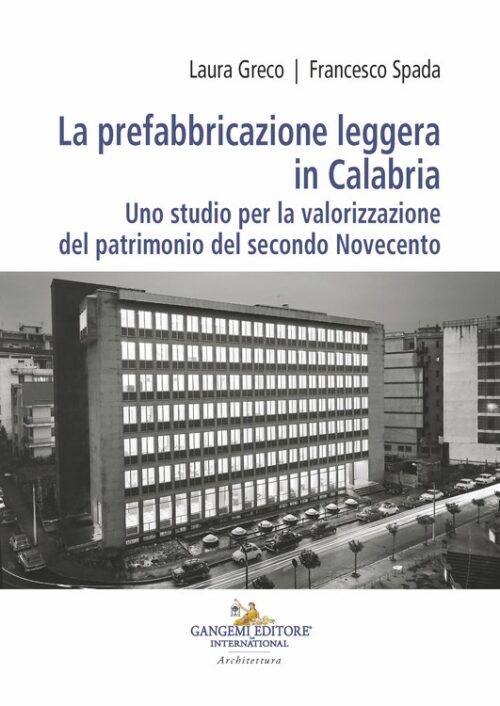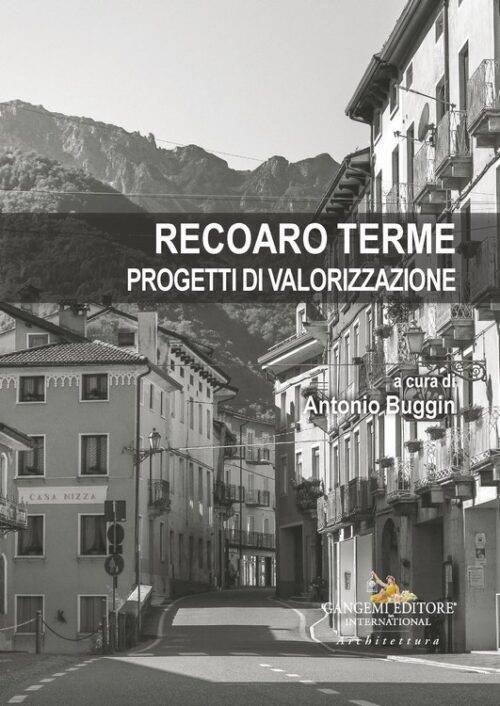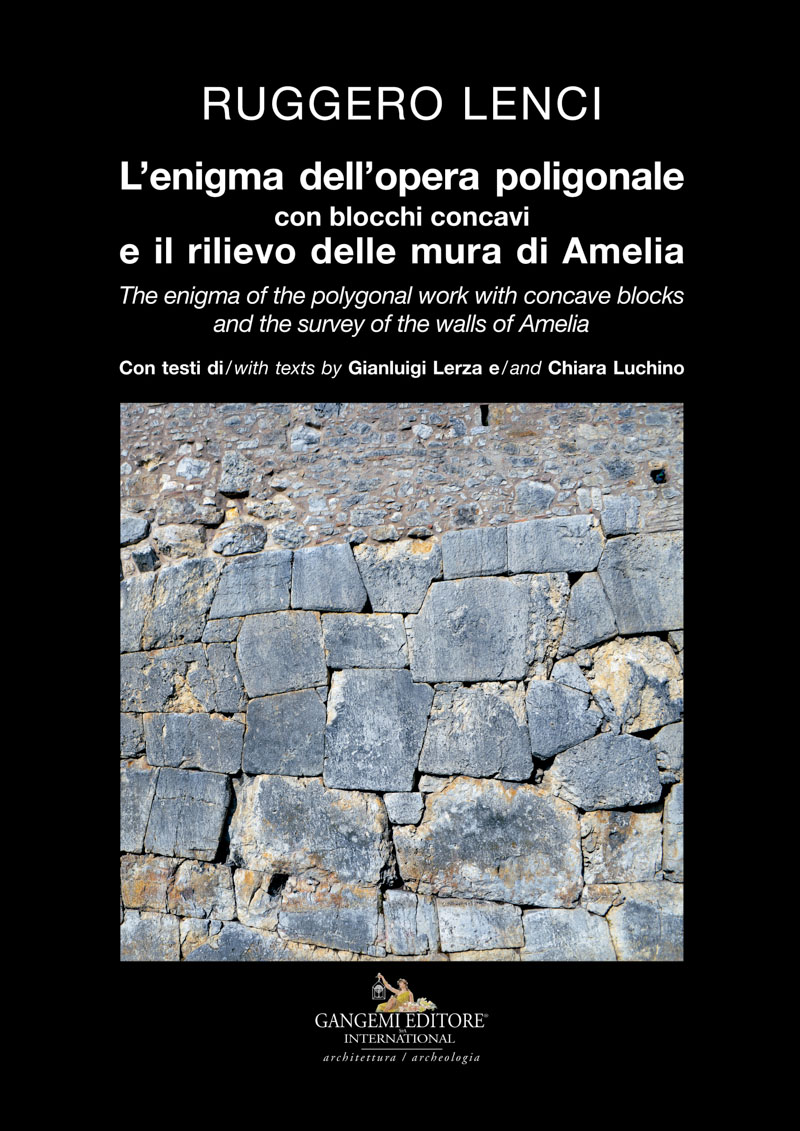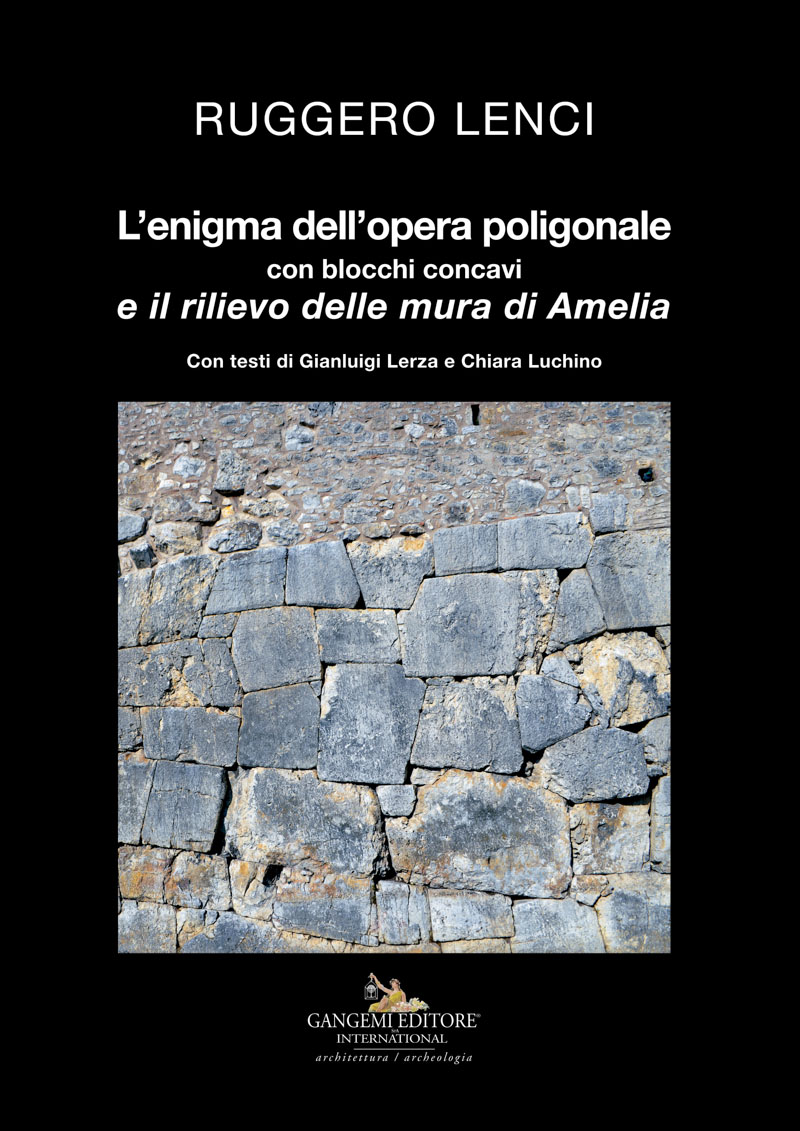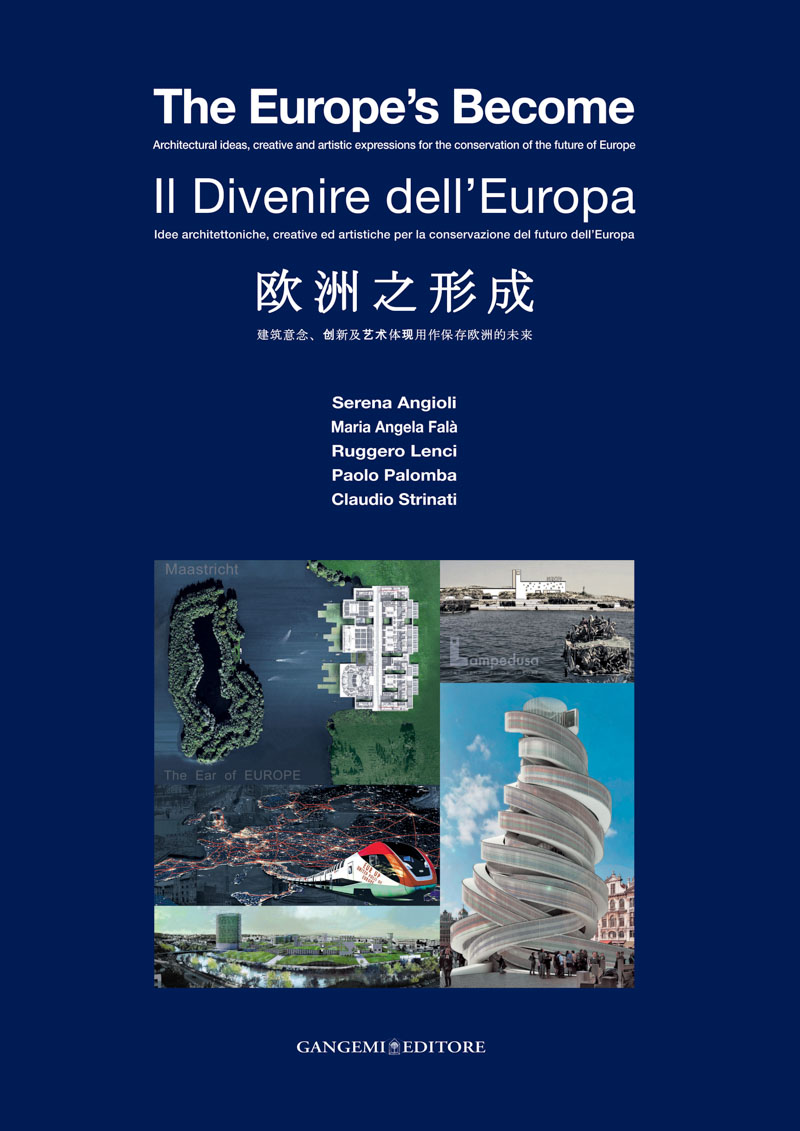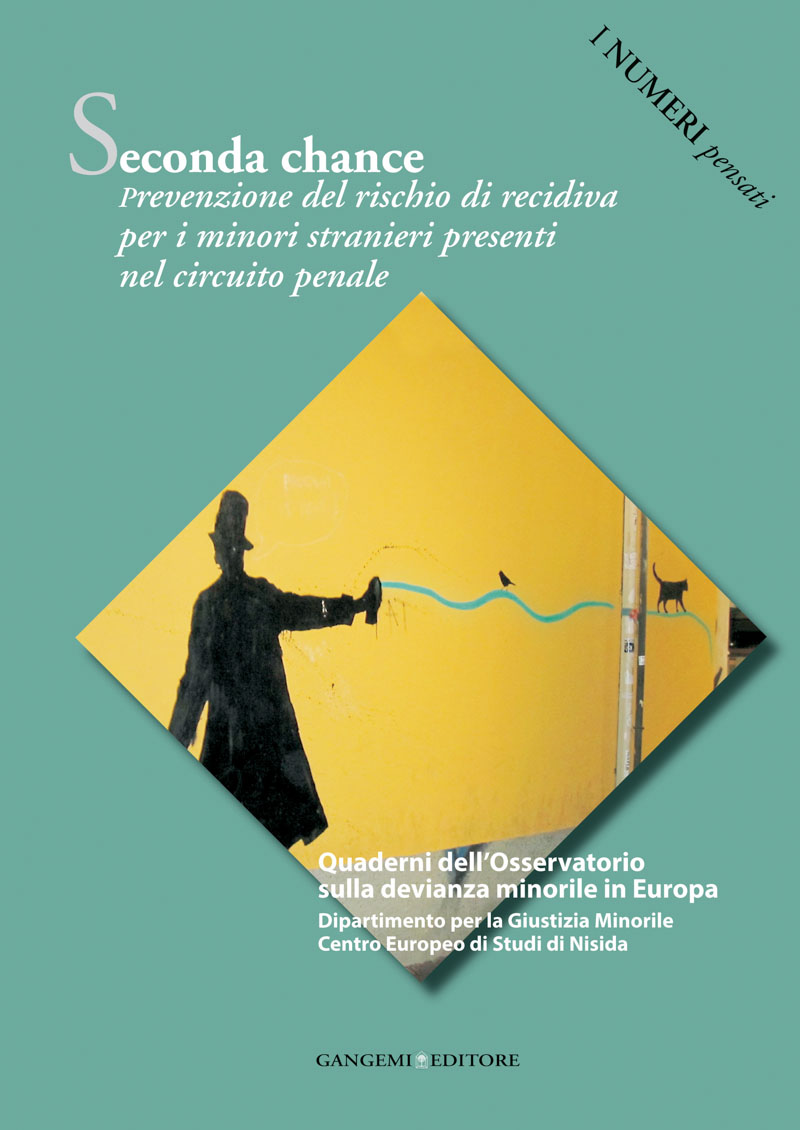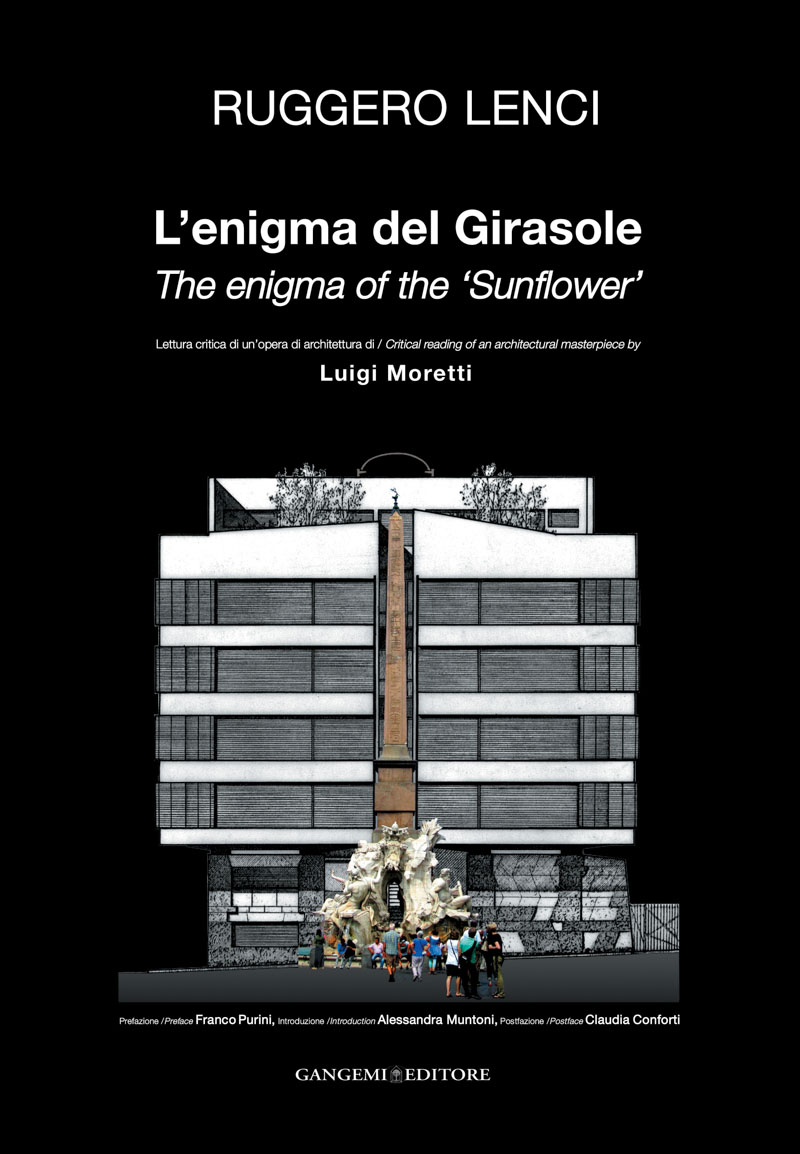L’enigma di Eurosky – The enigma of Eurosky
Lettura critica di un'opera di architettura di Franco Purini – Laura Thermes - Critical reading of an architectural masterpiece by Franco Purini – Laura Thermes
A cura di: Lenci Ruggero
Autori: Strinati Claudio
English abstracts
Formato: 21 x 29,7 cm
Legatura: Filorefe
Pagine: 96
Anno edizione: 2014
ISBN: 9788849229288
EAN: 8849229283
UB. INT. : T406B V27a V41f V03h
Contenuto
Collana ARCHITETTURA ENIGMATICA diretta da Ruggero Lenci n.4
Questo numero della collana editoriale architettura enigmatica si occupa della lettura critica della Torre Eurosky, con il fine di disvelare la genesi progettuale di quest’opera significativa e le ragioni di alcune vicende legate alla sua esecuzione, evitando da un lato facili lusinghe, dall’altro critiche chiassose, in ogni caso mantenendo una lettura il più possibile oggettiva e priva di reticenze in merito ai fenomeni architettonici e di impianto urbano analizzati.
La collana editoriale “architettura enigmatica” si occupa di individuare e svelare aspetti comunicativi e prestazionali – funzioni seconde e funzioni prime – non del tutto apparenti in quelle opere di architettura nelle quali coesistono in modo indissolubile, andando ad analizzare non solo il risultato finale ma anche il percorso creativo che ne ha generato la realizzazione.
Il metodo è quello dell’ipotesi-tesi, che può venire o meno avvalorata e che nei casi in dubbio è considerata degna di condivisione e dibattito.
Non interessa qui compiere né lusinghieri elogi né stroncature dell’opera in esame, ma ipotizzare che l’architettura selezionata sia come un paziente che si presta di buon grado a un consulto medico e/o a un intervento sul tavolo operatorio. Ma tale metafora può chiamare in causa altre discipline, prima tra tutte la psicologia, dato che ci interessa comprendere il più possibile quali sono le tensioni presenti nell’universo creativo dei progettisti che hanno concepito l’opera.
La scaturigine del progetto e lo stormo delle sue idee primigenie sono qui investigate tramite ipotesi aperte, con calviniana – ma talvolta anche kunderiana – leggerezza, una qualità che non esclude mai il contraddittorio.
Così come nella casa del girasole, anche nell’eurosky la leggerezza, come sopra intesa, è una qualità dell’architettura che si vuole far riconoscere e che lotta per tale scopo: nel primo caso taglia – in un periodo coevo a fontana – la solidissima massa rocciosa del volume della palazzina di viale bruno buozzi e anticipa “la dolce vita” felliniana; nel secondo caso dà luogo a un colossale trilite di una stonehenge euratica sul quale spuntano in copertura le fragili ali del suo opposto: le pagine di un libro di cui tale dolmen si fa immenso ambone.
Altri volumi pubblicati nella collana editoriale architettura enigmatica:
1 L’enigma del girasole (2012)
2 L’estate romana di Renato Nicolini (2013)
3 Il Divenire dell’europa (2013)
N. 4 volume of ENIGMATIC ARCHITECTURE series directed by Ruggero Lenci
The Eurosky Tower, designed by Franco Purini and Laura Thermes in the centrality EUR-Castellaccio in Rome started from the union of two symmetrical towers, in many respects autonomous: a dolmen that on the roof performs liberating and propitiatory exploits. The ontogeny of Eurosky, recapitulates phylogeny of a series of projects delivered to the history of contemporary architecture. In the first place the constructivist Horizontal Skyscrapers for the center of Moscow, designed in 1924 by El Lissitzky, also called “Irons for the clouds”. But in it is also possible to find futurist images by Antonio Sant’Elia, those of Hugh Ferriss, as well as the ones of BBPR of the Velasca Tower.
The editorial series “Enigmatic Architecture” is interested in identifying and unveil aspects of communication and functional performance – second and first functions – not entirely apparent in those works of architecture in which they coexist in an indissoluble way, not only in the final result but also in the creative itinerary that led to the act of their creation.
The method is the one of hypothesis-thesis, which can be corroborated or not, and that in presence of doubt is considered worthy of sharing and discussion.
There is no interest here in making flattering praises nor slating of the analized work, but to assume that the selected piece of architecture is like a patient who, willingly, lends to a medical consultation and/or to an intervention on the surgical table.
But this metaphor can be extended to other disciplines, first of all psychology, as we are interested to understand as much as possible which are the tensions in the creative universe of the designers who conceived the work.
The wellspring of the project, i.e. the covey of primitive ideas, are here investigated by open hypotheses, non-opinionated, with Calvinian – but sometimes also Kunderian – lightness, a quality that never excludes the cross-examination.
As well as in the “Sunflower”, also in Eurosky the lightness, as above intended, is an architectural quality that aims at being recognized and that struggles for this purpose: in the first case it cuts – in a period coeval to Fontana – the solid rocky-mass of the volume of the palazzina in viale Bruno Buozzi in Rome and anticipates the Fellinean “Dolce Vita”; in the second case it gives rise to a colossal trilith of a Stonehenge in the E.U.R. district on whose roof sprout the fragile wings of its opposite: the pages of a book of which this dolmen becomes an immense pulpit.
Other volumes published in the editorial series Enigmatic Architecture:
1 The enigma of the Sunflower (2012)
2 The Roman Summer of Renato Nicolini (2013)
3 The Europe’s Become (2013)
Parole chiave
Condividi su
